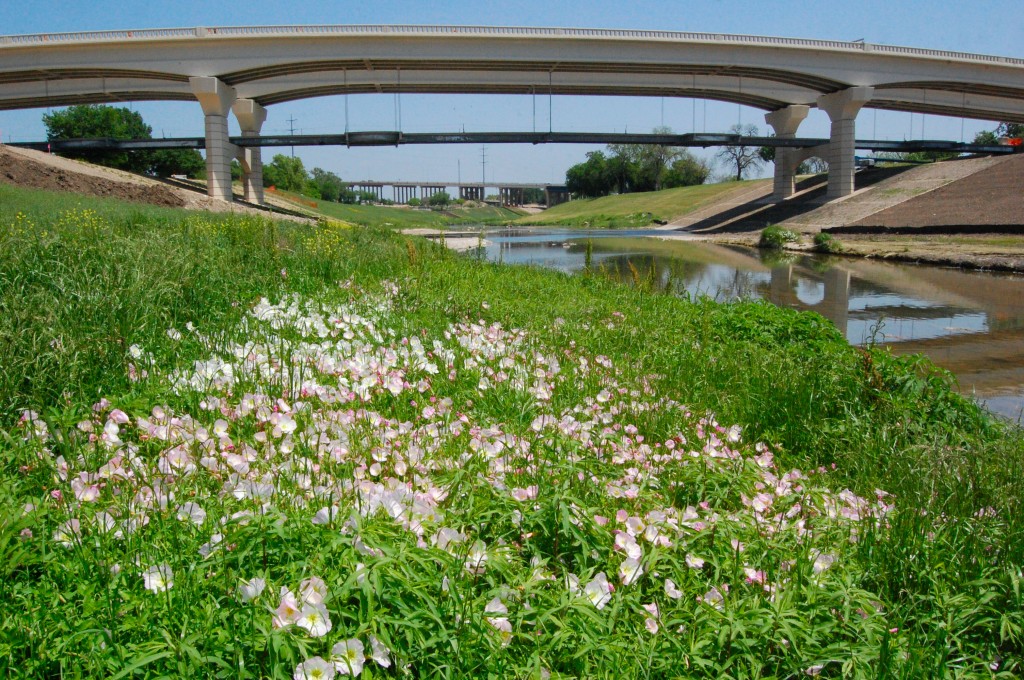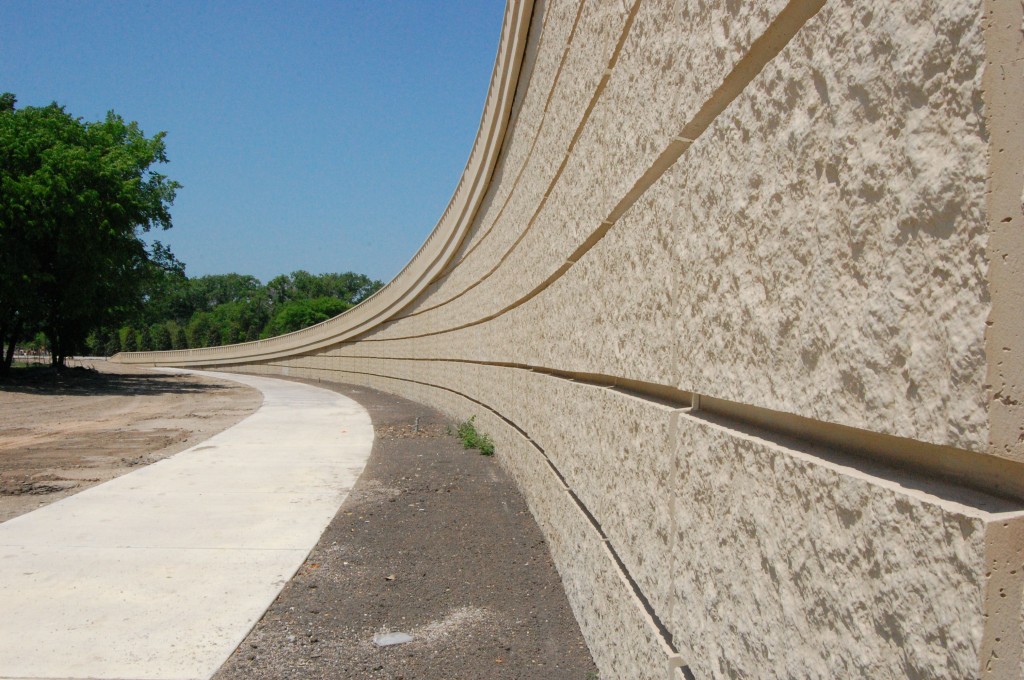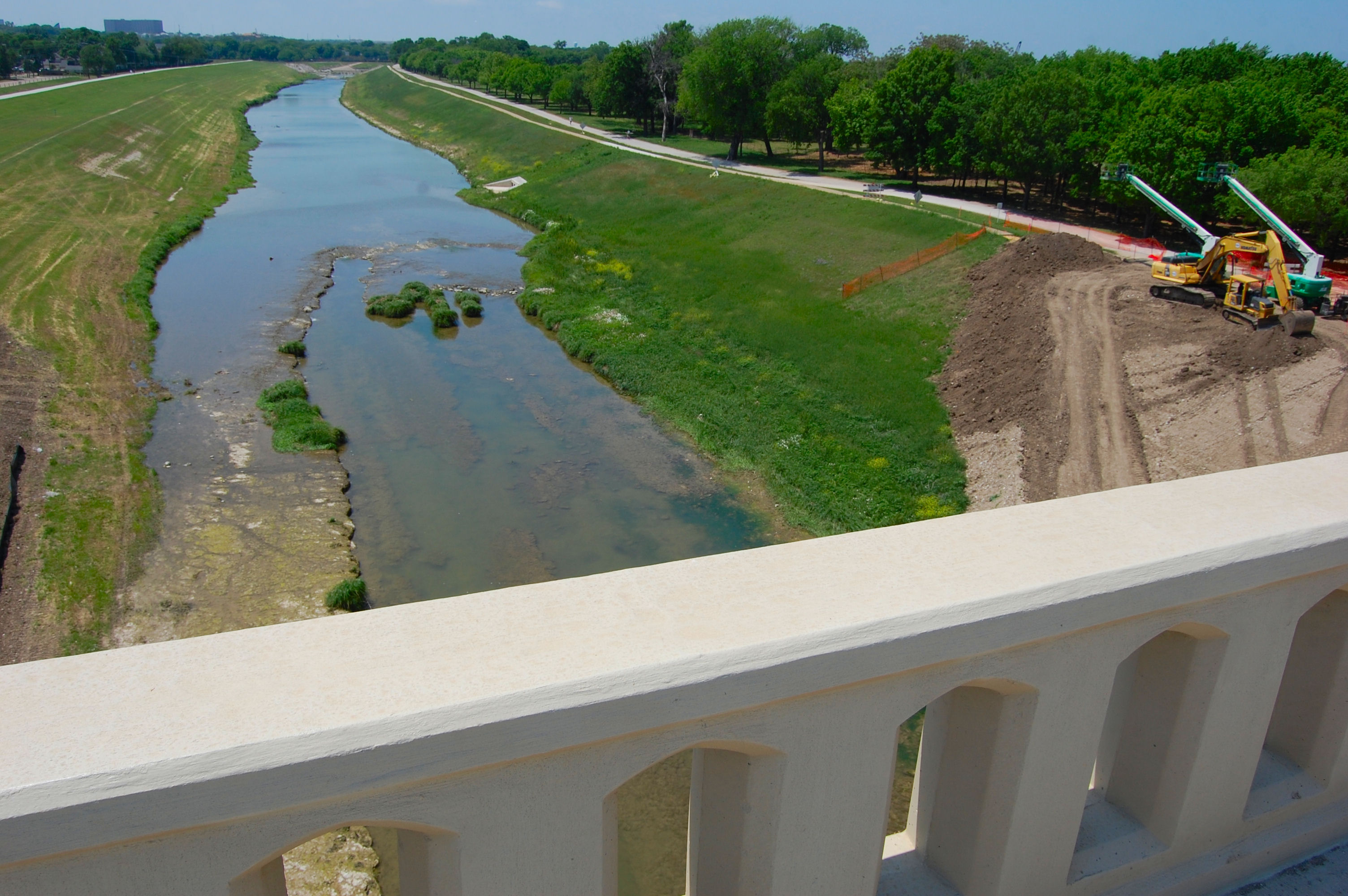What would Lemuel James Edwards think of it all? I kept asking myself that as I biked through the still-undeveloped “urban village” called “Clearfork” now that the new bridge over the river and the new main street through Clearfork are open to traffic, transforming yet another part of Edwards’s ranch in southwest Fort Worth.
Something new should make us reflect on the something old that the new sprang from. In this case, the something old was a land grant for 640 acres that Edwards came to Texas with from Missouri. He settled on the Clear Fork of the Trinity in 1848. That means that Edwards was here before the fort was. By the time he died twenty-one years later he owned land stretching from today’s West 7th Street along the Clear Fork to Benbrook. Over the years and generations his descendants would sell or develop much of that land. Today we know that land as Trinity Park and Forest Park, Colonial Country Club, Mistletoe Heights, Tanglewood, Cityview, Hulen Mall, Riverhills. And now Clearfork.
Aside from the parks and country club, the ranch that Lemuel James Edwards knew is now mostly concrete and cars. And some of the most affluent neighborhoods in town. But the last time he saw it, in 1869, it was oak groves and prairie, his hay fields and his grazing land. All of it bisected by the limestone-lined Clear Fork that he had settled beside. Today he would not even recognize the river. It has been leveed and straightened and widened.
How do you explain to a man who knew the Chisholm Trail as a bare-dirt conduit that funneled longhorns to Kansas that the Chisholm Trail Parkway now being carved through his ranch is a concrete toll road that will carry Mustangs and Broncos to Cleburne? How do you explain to him that the strange blue-glass outline jutting up on the horizon northeast of his ranch is the downtown skyline of a city of 700,000? Edwards did not live to see the population of Fort Worth reach even five hundred.
Lemuel James Edwards was murdered—on his ranch—in 1869. He was sixty-four years old. He had spent the last twenty-one years of his life building a cattle spread on the prairie a long horseback ride from a small frontier town. He may never have seen a railroad. Or barbed wire. Or sent a telegraph. Or seen his own likeness in a photograph.
What would he think of 144 years of change, of 144 years of new?
Here are some likenesses of a bridge the likes of which Lemuel James Edwards never saw.
 The new bridge has three roadbeds: two vehicular roadbeds and a pedestrian/bicyclist roadbed suspended below in the center (not yet open).
The new bridge has three roadbeds: two vehicular roadbeds and a pedestrian/bicyclist roadbed suspended below in the center (not yet open).
 Clearfork’s new main street runs west from Hulen Street over the new bridge and curves south to Bryant Irvin Road.
Clearfork’s new main street runs west from Hulen Street over the new bridge and curves south to Bryant Irvin Road.

 The Trinity Trails path passes under the new bridge.
The Trinity Trails path passes under the new bridge.
 Lemuel James Edwards never saw river and ranch from this perspective.
Lemuel James Edwards never saw river and ranch from this perspective.





